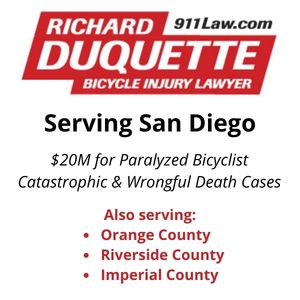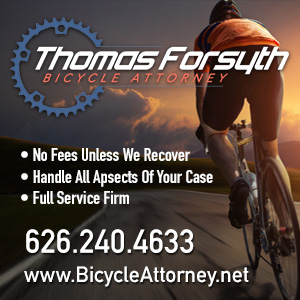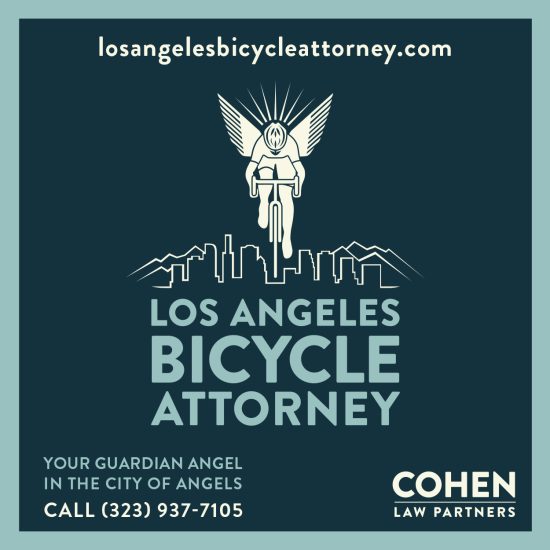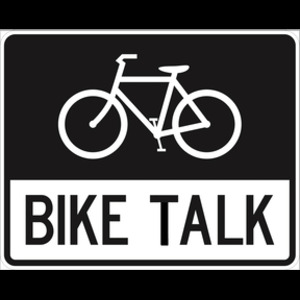Unbelievable.
In response to the ongoing pipeline protests, a North Dakota lawmaker introduces legislation making it legal for drivers to injure or kill a pedestrian blocking the roadway.
Yes, you read that right.
The bill would create an exemption under state law for drivers who crash into people in the roadway, whether they’re holding protest signs or, presumably, standing in a deserted roadway after their car breaks down.
It’s not hard to imagine the law being applied to bike riders who have the audacity to take the lane or ride two abreast, if someone concludes they were in the way.
Hopefully, the rest of the legislators will have a little more sense.
Credit Gary Kavanagh with the link.
………
Maybe the Devil made him do it.
The road-raging former child star of The Omen walked on a charge of assaulting cyclists. And on Friday the 13th, no less.
A British court sentenced Harvey Spencer Stephens, now 46, to a suspended 12-month sentence for getting out of his car and repeatedly punching two cyclists; he was also fined the equivalent of $2,500.
………
That’s one way to guarantee a legendary bike race — make it part of the name.
Singapore forms its first-ever road cycling team.
………
Local
The LA County Coroner ruled that mountain biker Evan Bruce Sisson died of heart disease, rather than crashing, after being found with injuries consistent with a fall above Altadena last January; results of the autopsy were delayed nearly a full year for additional forensic testing.
If you hurry, you may still have time to join Walk Bike Burbank’s New Year’s Ride today. Or you could join the LACBC Team at next month’s Chinatown Firecracker Ride and Run.
Santa Monica votes to convert unused tarmac at the Santa Monica Airport into a six-acre park suitable for bicycling, among other uses.
State
San Diego’s latest plan for bike lanes in the popular Hillcrest nightclub district will actually result in more parking, not the loss of parking business owners had feared, although the lanes will now be unprotected.
An apparent ninja cyclist was hit by a car shortly after dark in San Jacinto Friday.
Ventura will install bike lanes and other traffic calming measures to improve safety on dangerous Ventura Avenue, where most collisions involve a bicyclist or pedestrian.
San Francisco police are looking for a bike-riding mugger who attacked a 79-year old man.
Here’s another reason to do your riding outside. Patrons of a Marin County SoulCycle were placed on antibiotics after one of the regular customers died of meningitis.
It’s more like bad karma, as Willow Glen’s Good Karma Bikes suffers two break-ins in just two hours, losing at least $3,000 worth of merchandise.
National
Seattle drives a stake through the heart of its troubled bikeshare system, reallocating the last $3 million budgeted for the program to pay for other bike and pedestrian safety improvements.
The Fort Wayne IN newspaper says drivers need to stop for red lights. Clearly, it’s not just bike riders who go through traffic signals, despite what some drivers seem to think.
Ohio’s Bike Lady has raised over $600,000 to buy nearly 8,200 bicycles for at-risk kids across the state; last year, every kid who asked for a bike got one.
International
Three London teenagers face prison terms up to 13 years for fatally stabbing an aspiring rapper in a dispute over a stolen bicycle.
After BBC presenter Jeremy Vine recorded a road-raging driver attempting to run her down, her lawyer claims he exaggerated the whole thing to boost his online presence; she reportedly made a gun gesture pointed at his head.
Welsh ambulance authorities were forced to apologize after leaving an injured bike rider lying in the street for two hours; they blamed people needlessly calling the UK’s equivalent of 911.
A British radio station says the Dutch reach is the one thing we can all do to save cyclists lives. Other than slowing down and driving safely, of course.
Britain’s Cyclist magazine offers fifty tips to make you a better one. A cyclist, that is, not a magazine.
A study in a Malta medical journal calls for mandatory bike helmets for kids under 18, but not for adults, in order to avoid discouraging potential cyclists.
An Aussie writer goes on a half-day ride through Johannesburg’s Soweto district.
Finally…
No pandas for Peter Sagan in Australia. If you try to assault an elderly man, at least keep your wheels under you.
And seriously, don’t throw volleyballs at bike cops.






